Solar fountain pump is a rapidly growing technology that is revolutionizing the way we think about traditional fountains.
Powered by solar energy, these pumps offer a sustainable and eco-friendly alternative to conventional pumps, making them popular among environmentally-conscious homeowners and businesses.
In this article, we will explore the many benefits of solar fountain pumps and how they are changing the landscape of outdoor water features.
From lower energy costs to reduced maintenance, let us delve into the world of solar fountain pumps and discover how they can enhance your outdoor space.
Solar Fountain Pump
Important Point
Also, Read: How Much Does It Cost to Pump a Septic Tank?
Also, Read: What Is A Concrete Pump
Also, Read: What Is Sewage Pump
Also, Read: What Is A Concrete Pump
Also, Read: Flat Room House Design
Solar fountain pumps are becoming increasingly popular as an eco-friendly and cost-effective way to power outdoor water features.
These pumps use the energy of the sun to operate, eliminating the need for electricity and reducing maintenance and operational costs.
The basic components of a solar fountain pump include a solar panel, a pump, and a battery.
The solar panel collects sunlight and converts it into DC electricity, which is then used to power the pump. The battery stores excess energy, providing power to the pump even when there is no sunlight.
One of the key benefits of a solar fountain pump is its energy efficiency. As it runs on solar power, it does not require any electricity from the grid.
This not only reduces the carbon footprint but also results in significant savings on utility bills.
Additionally, solar pumps are low maintenance as they have few moving parts and do not require fuel or oil changes like traditional pumps.
Solar fountain pumps are also easy to install, making them a great option for DIY enthusiasts. They come with user-friendly manuals and typically require no special tools for installation.
As they do not require wiring, they can be placed anywhere outdoors as long as they are exposed to direct sunlight.
One of the main factors to consider when choosing a solar fountain pump is its power output, which is measured in watts.
The power output determines how high and how far the water can be pumped. Other factors to consider include the size of the solar panel and battery, flow rate, and head height.
In terms of maintenance, a solar fountain pump requires occasional cleaning to remove any debris that may clog the pump. It is also important to place the pump in a shaded area to prevent it from overheating in hot weather.
Solar fountain pumps are not only limited to water features such as fountains and ponds, but they can also be used to power birdbaths and small waterfalls.
They provide a tranquil and aesthetically pleasing addition to any outdoor space, without the noise and pollution of traditional pumps.
Conclusion
In conclusion, a solar fountain pump is not only an eco-friendly and cost-effective alternative to traditional pumps but also adds a beautiful touch to any outdoor space.
With its easy installation and maintenance, it is a great option for those looking to incorporate a fountain in their garden or pond.
The advancements in technology have made solar fountain pumps more efficient and reliable, making them a practical choice for any outdoor water feature.
So, by harnessing the power of the sun, you can now enjoy the tranquil sound of flowing water in your backyard without any electricity or running costs.
With the numerous benefits it offers, a solar fountain pump is a smart investment for any outdoor enthusiast.
Like this post? Share it with your friends!
Suggested Read –

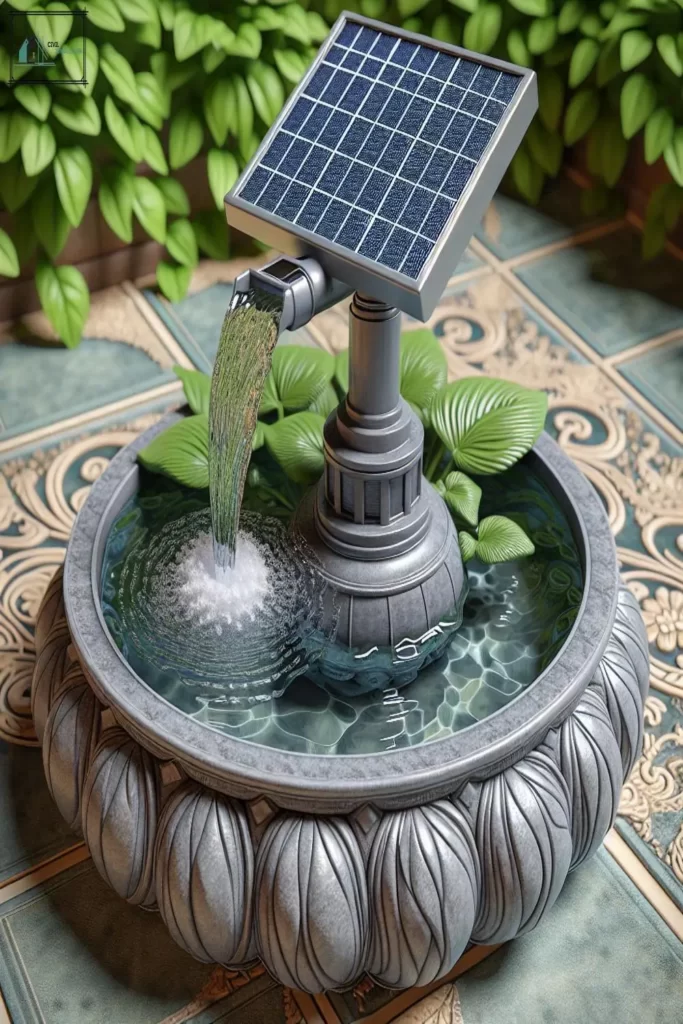
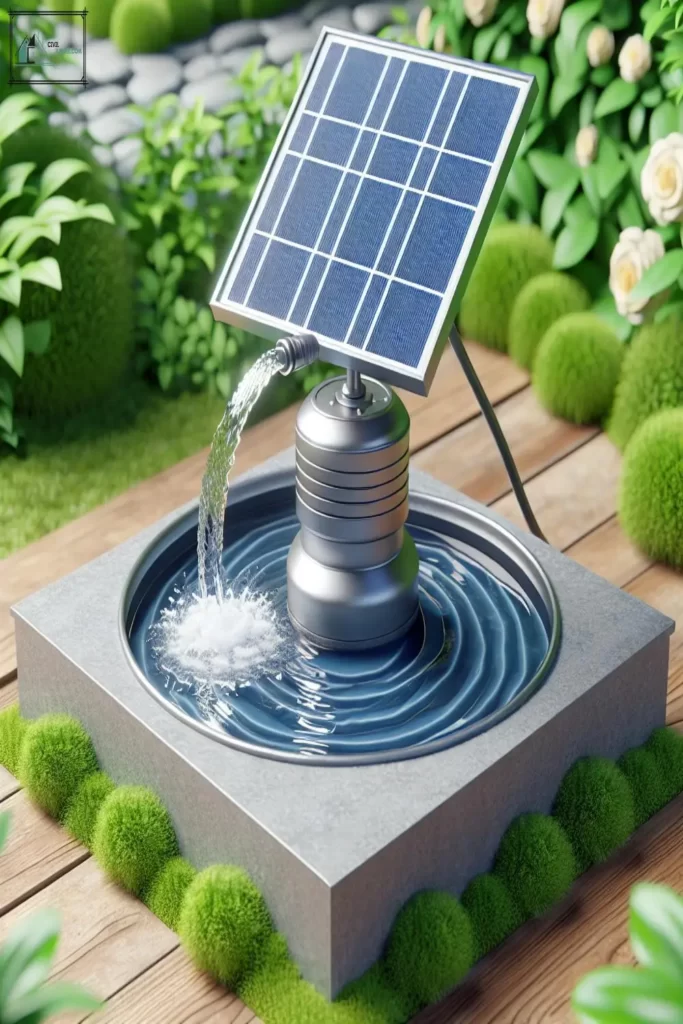
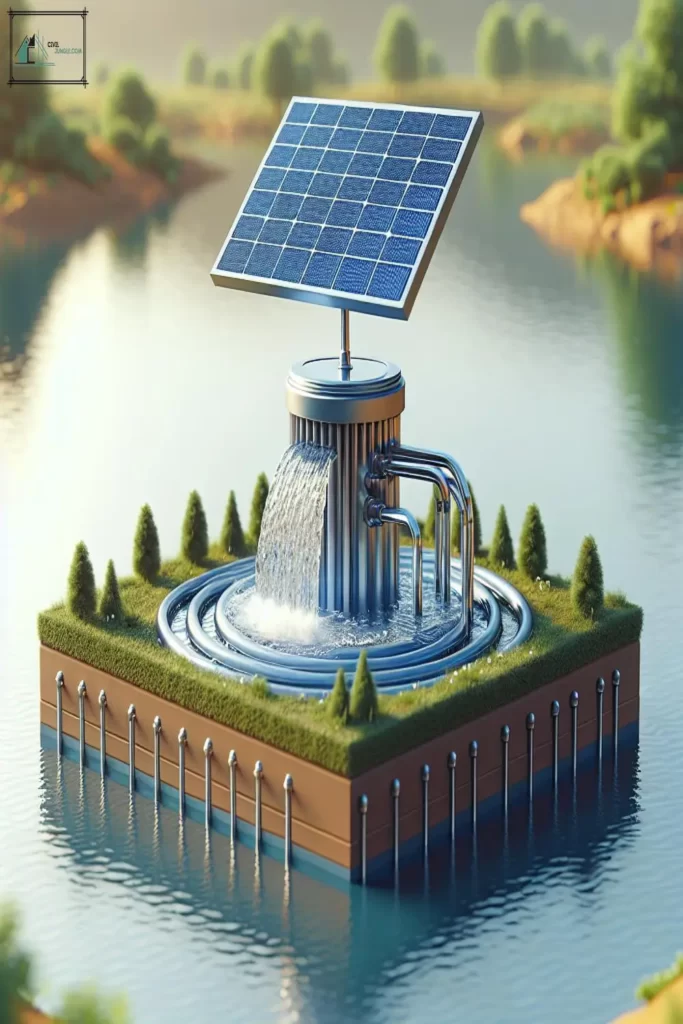


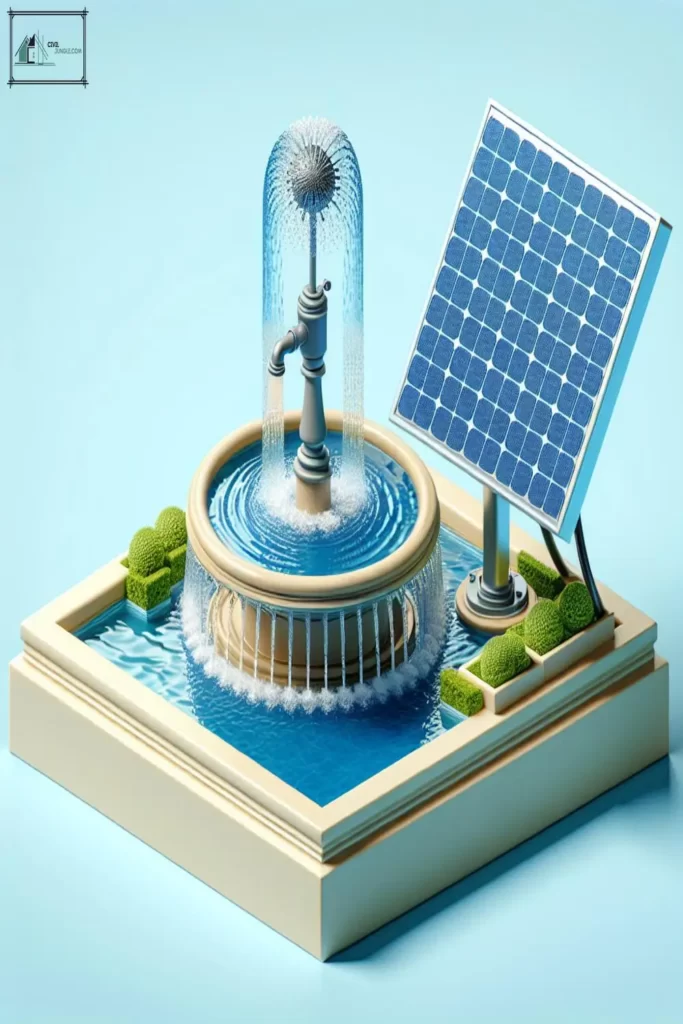


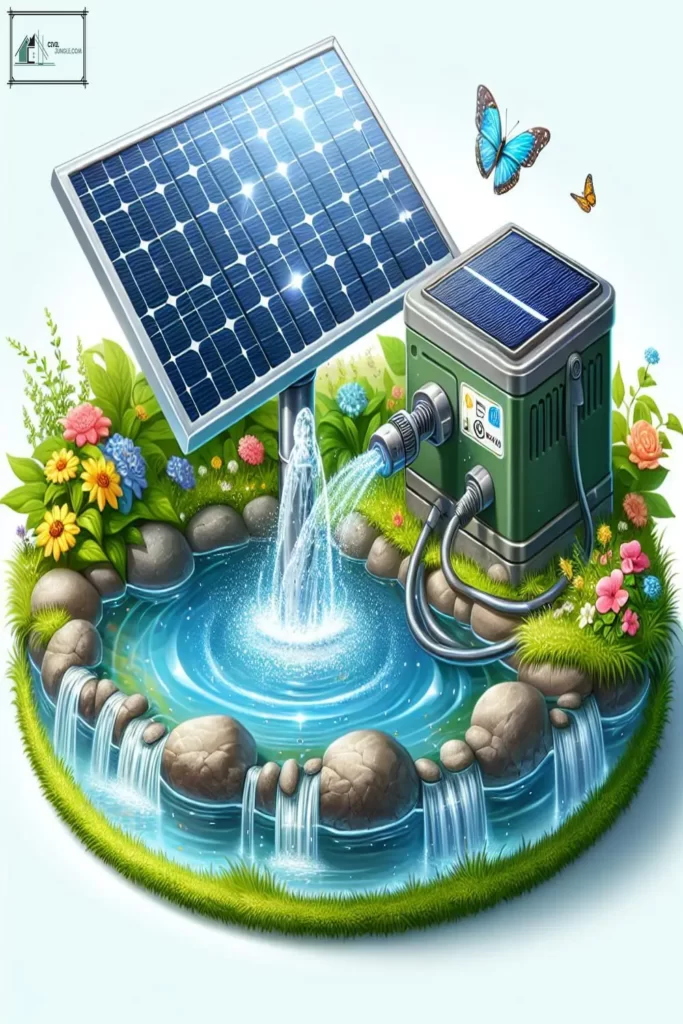
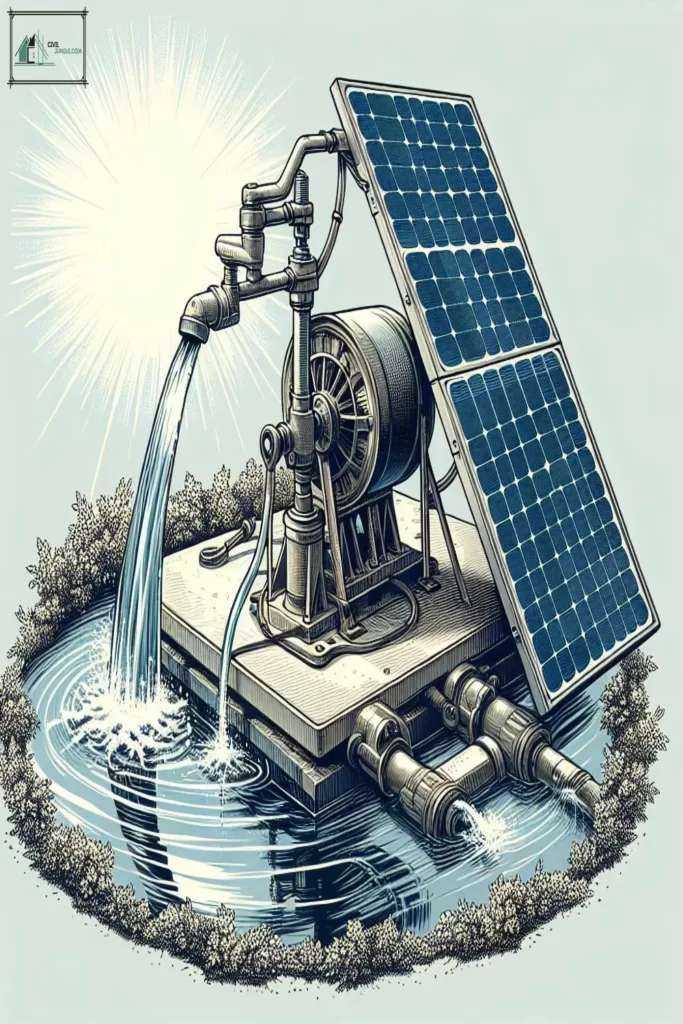
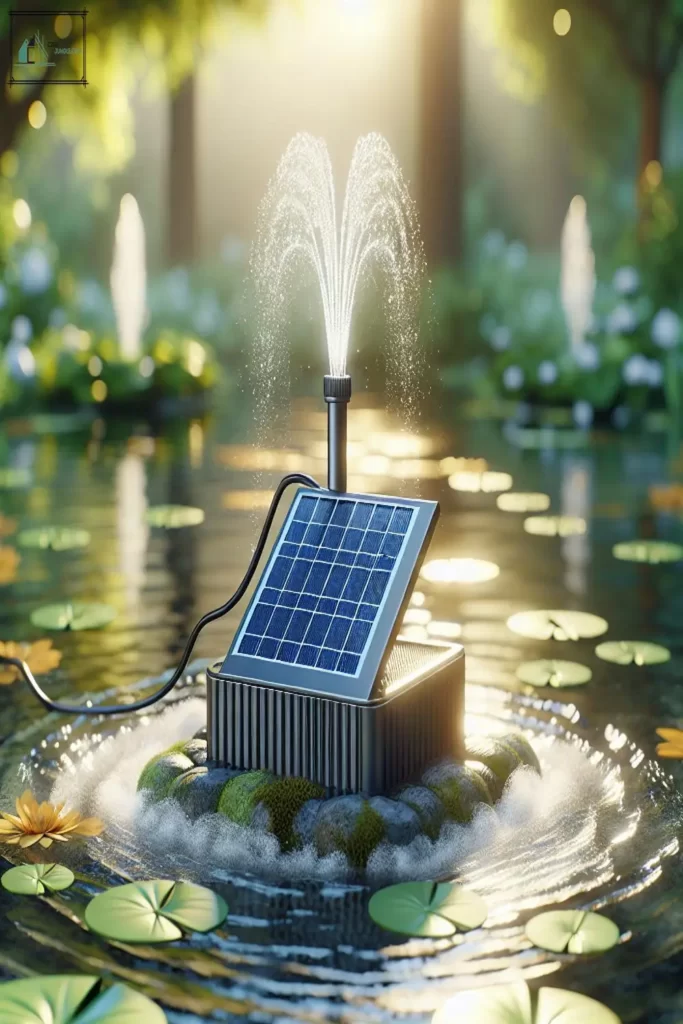
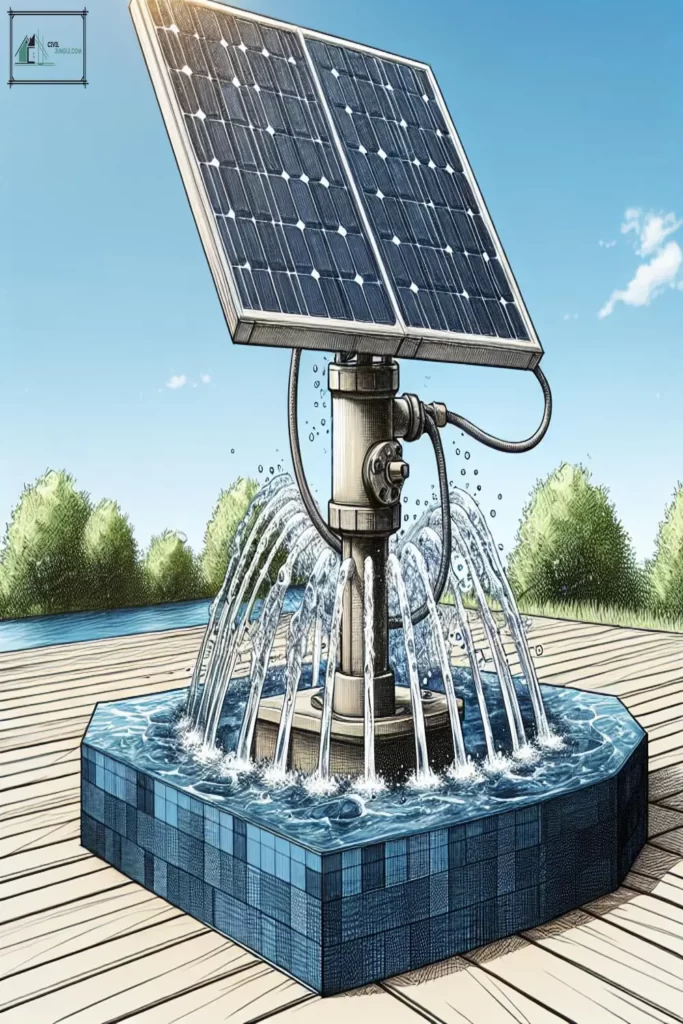
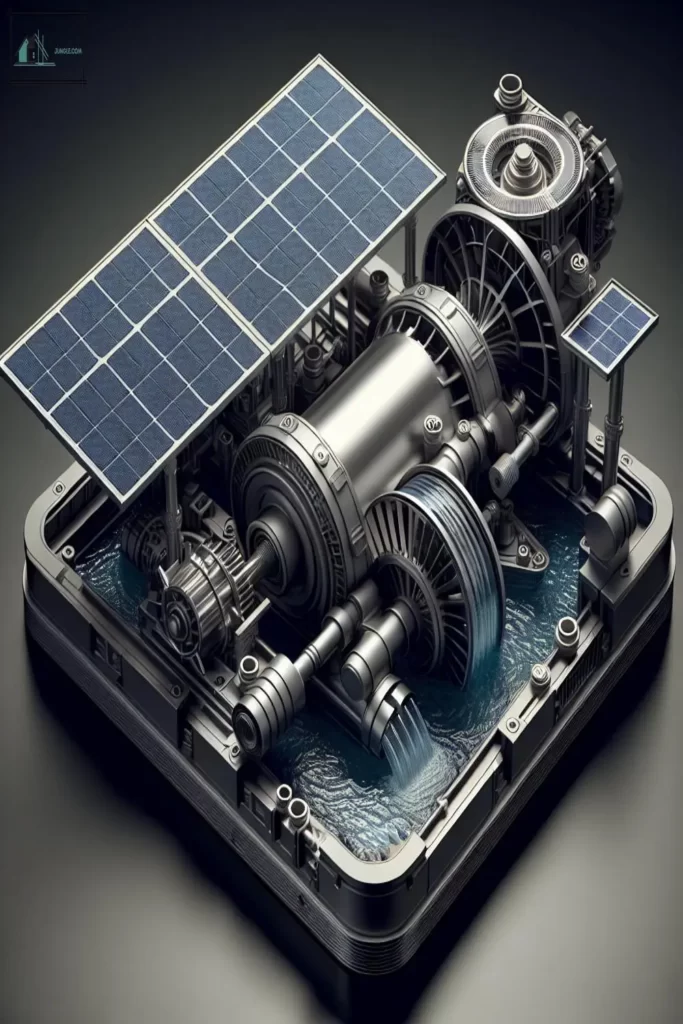





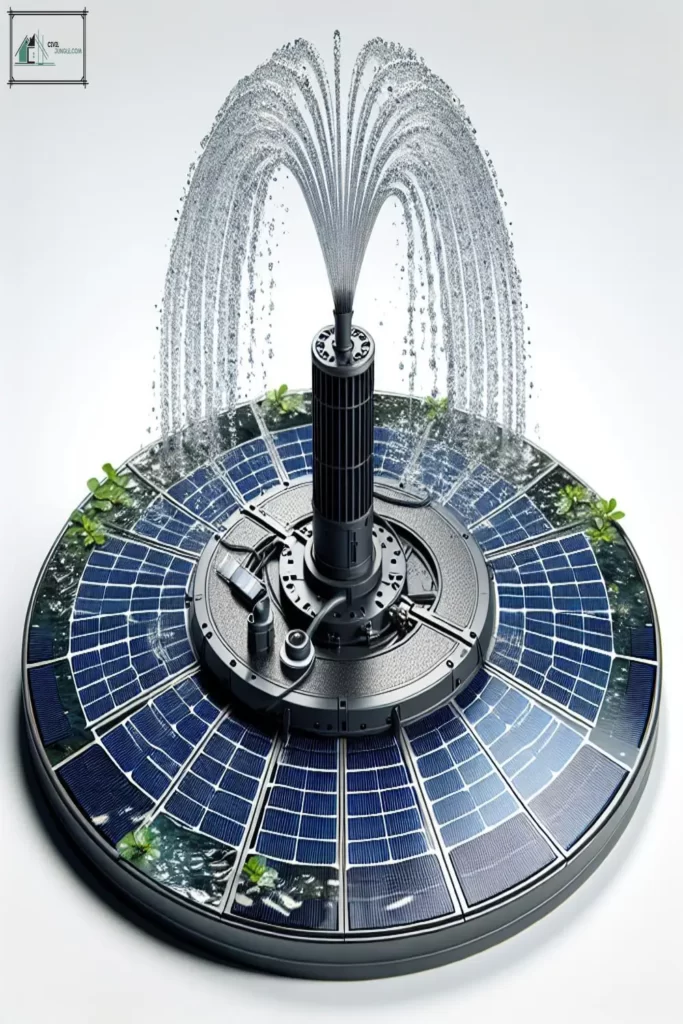
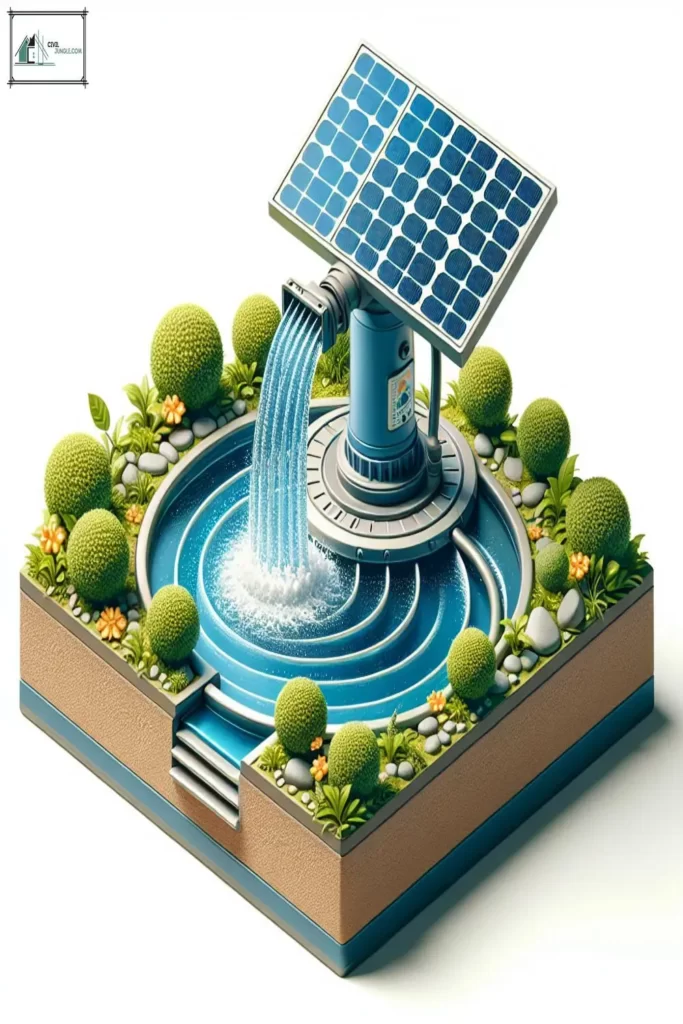
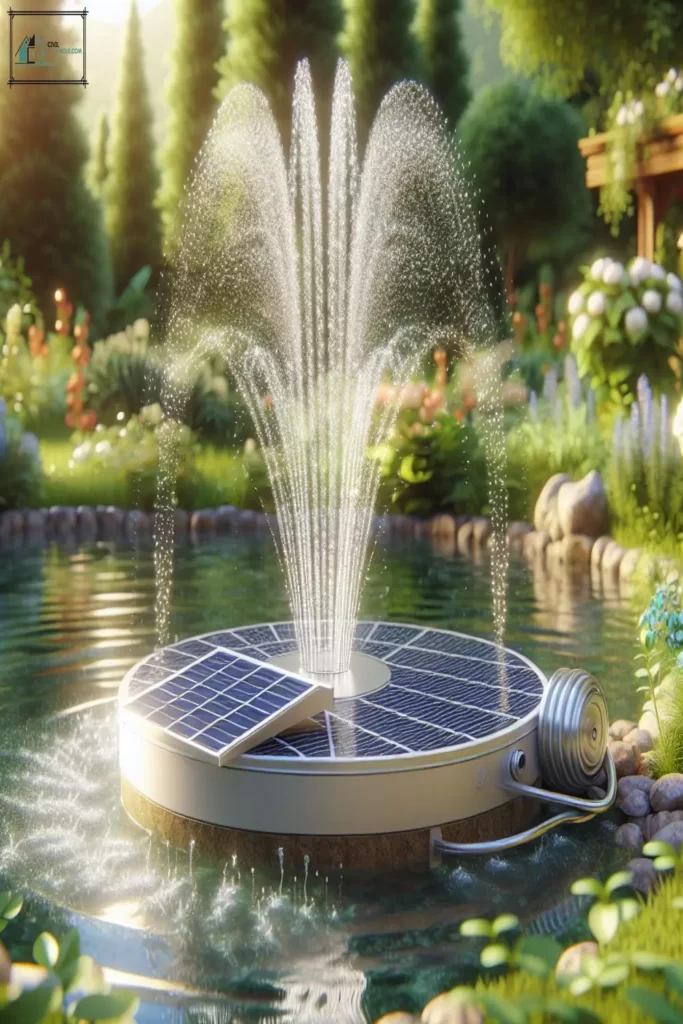

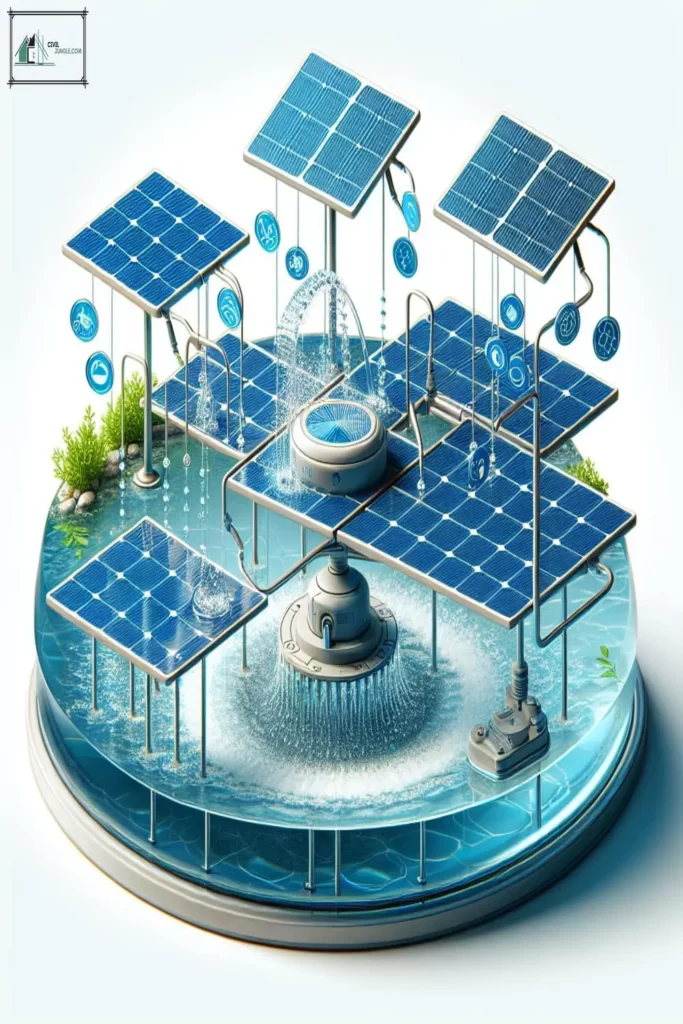
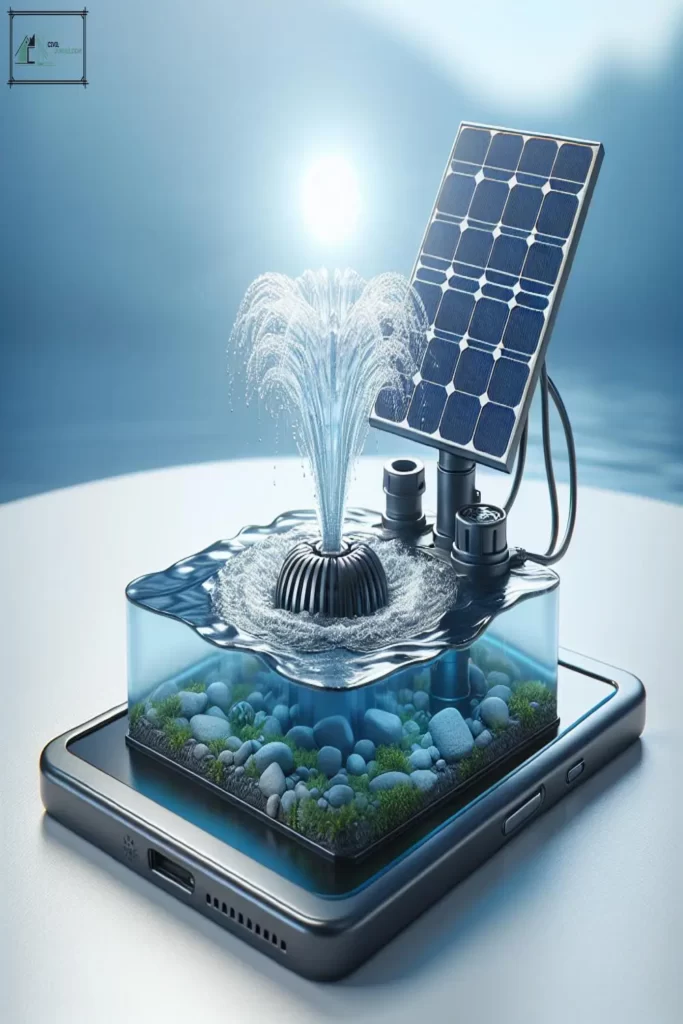


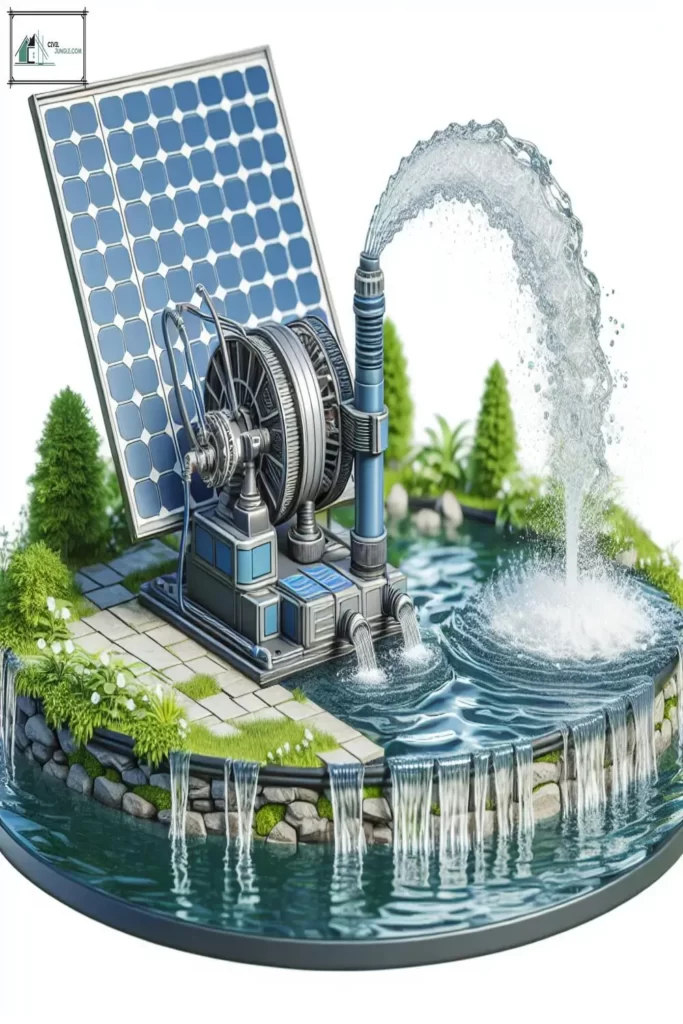
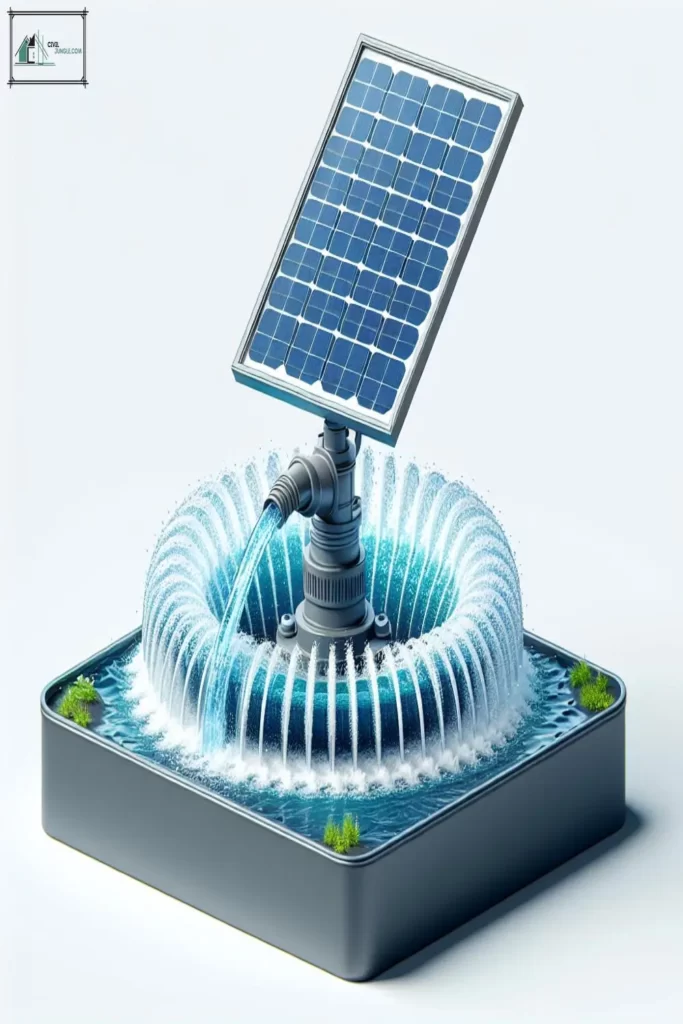
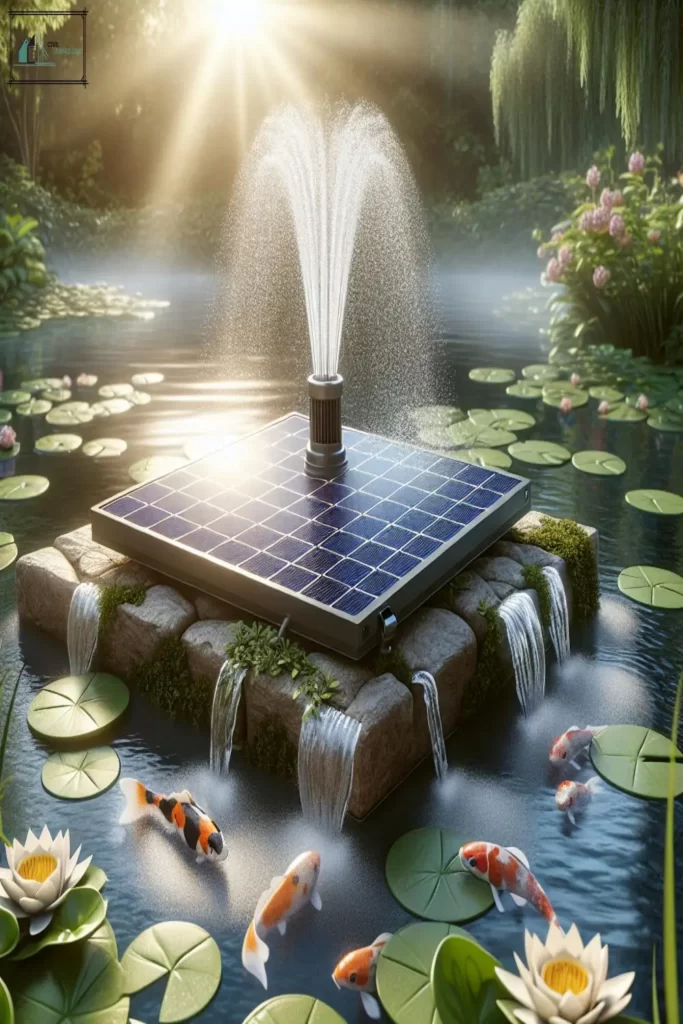
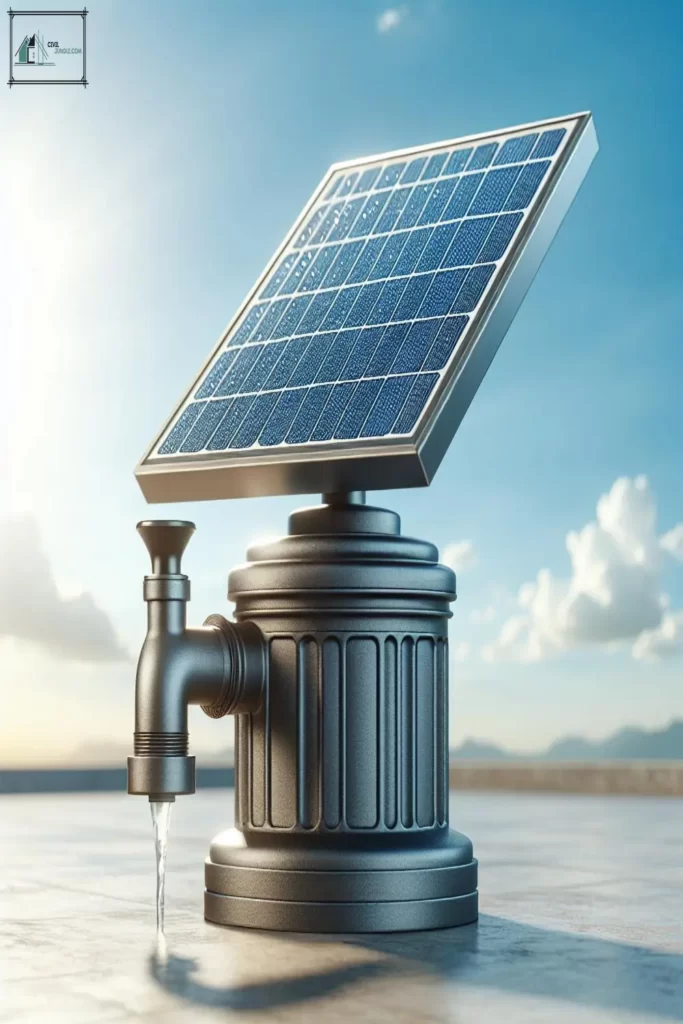
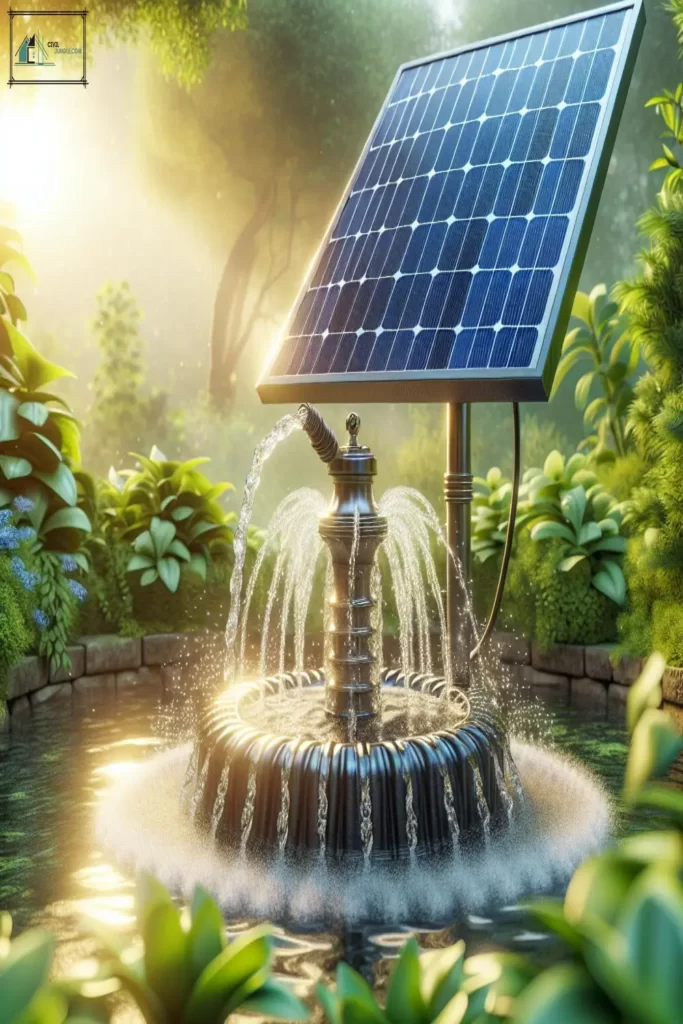
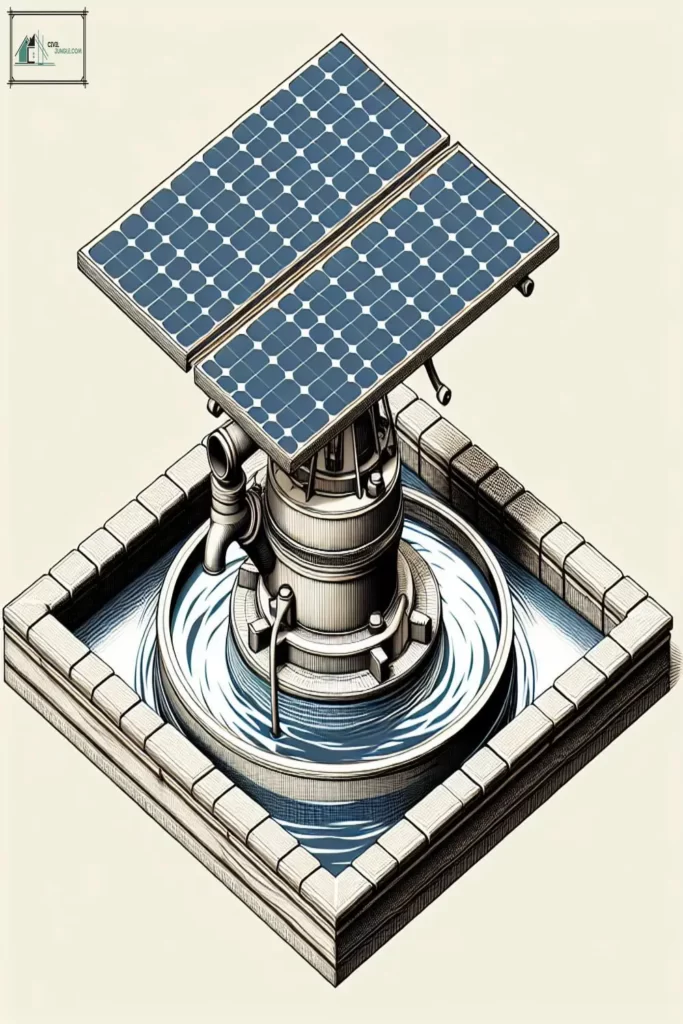
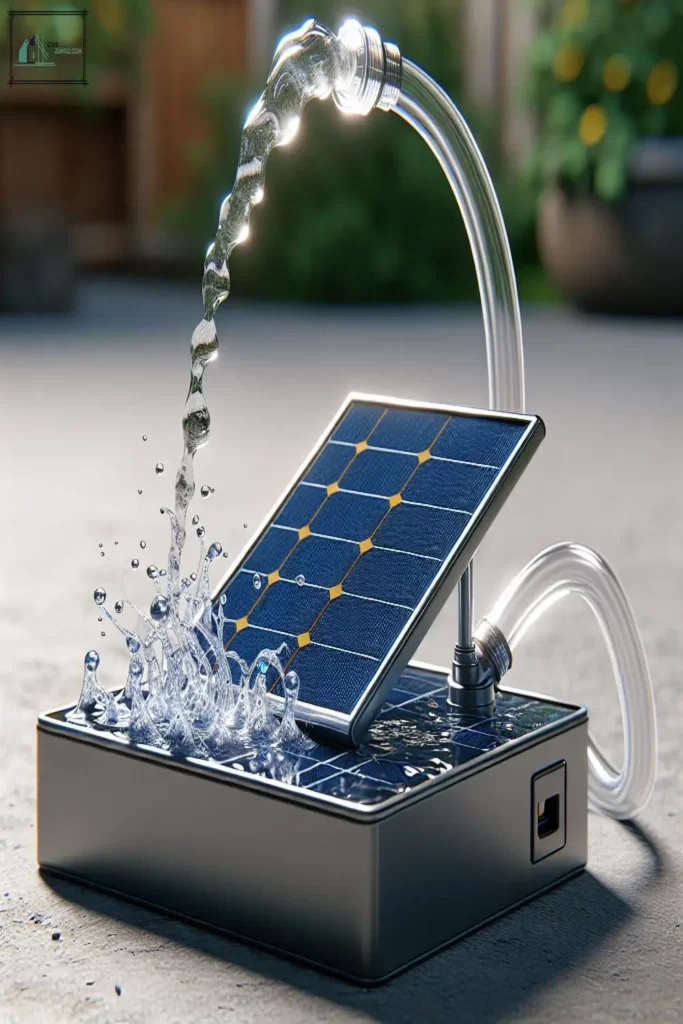
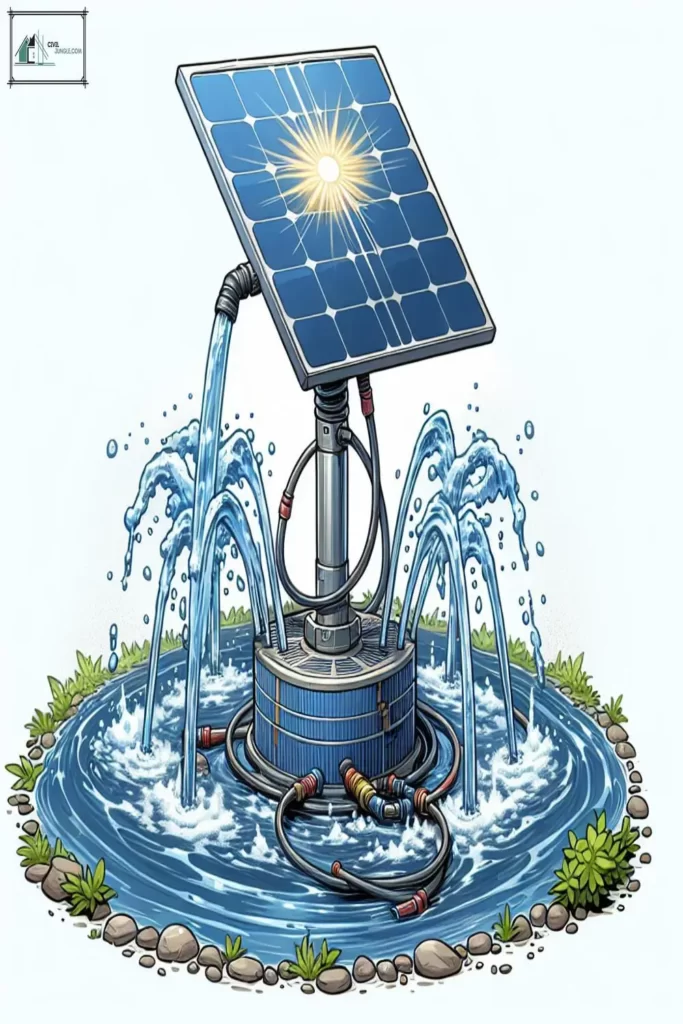


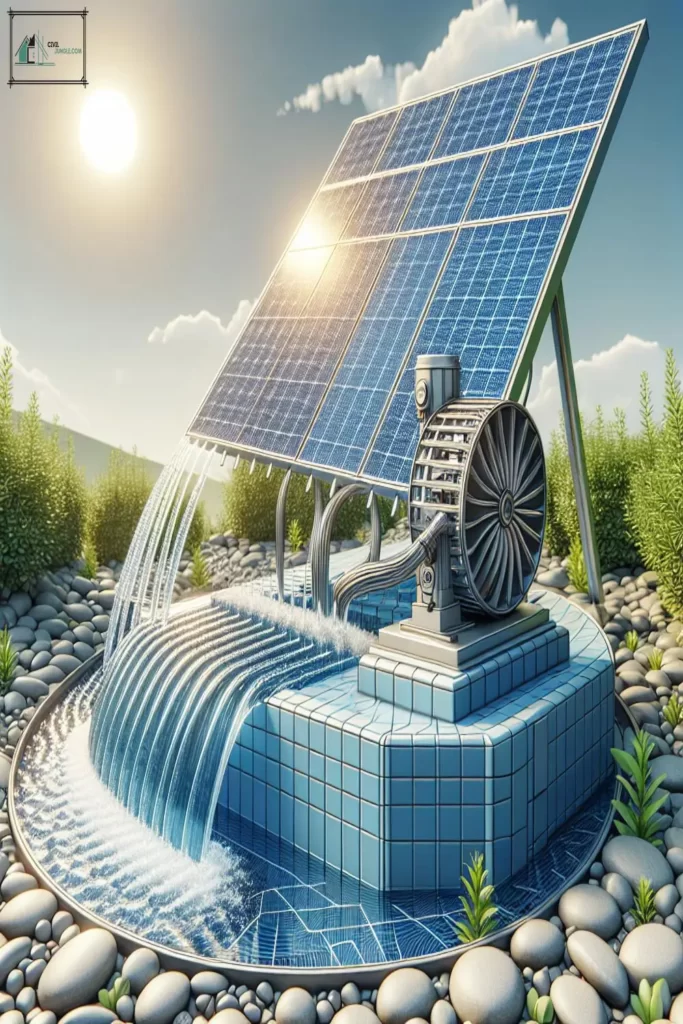


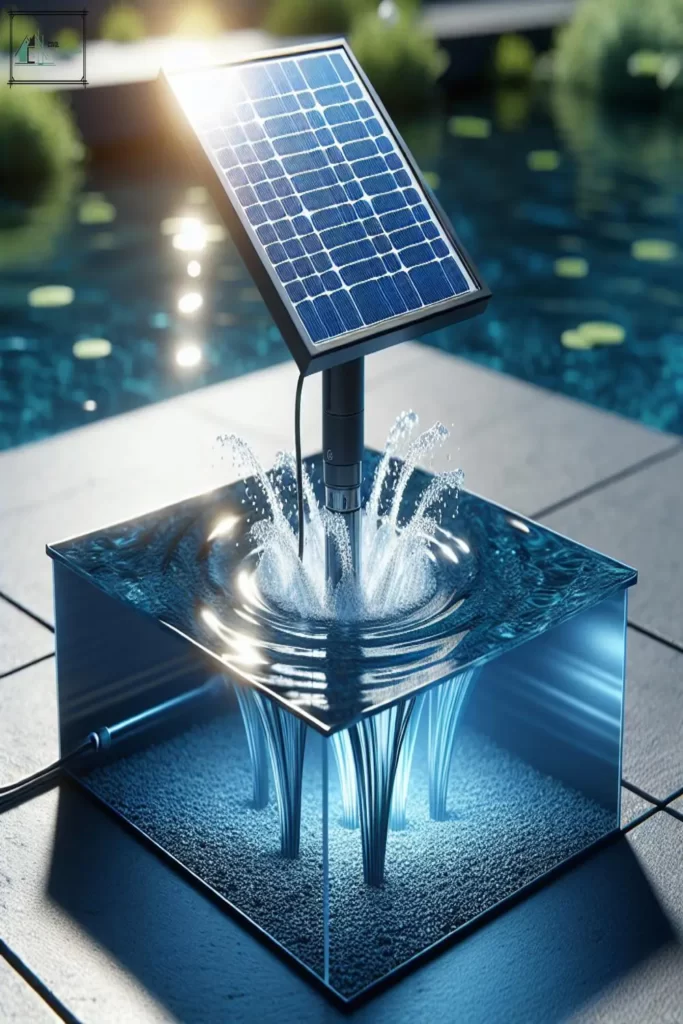

Leave a Reply